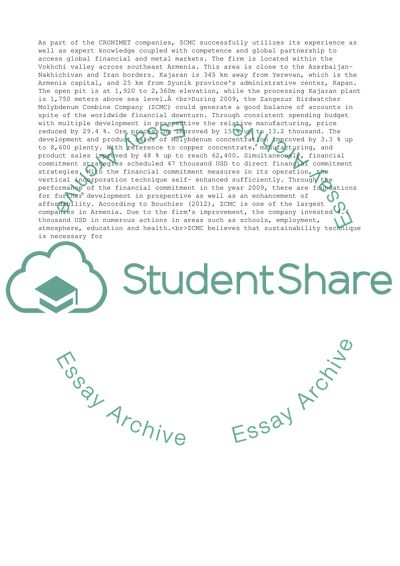Cite this document
(Zangezur Copper Molybdenum Combine in 2054, Module Sustainability Assignment, n.d.)
Zangezur Copper Molybdenum Combine in 2054, Module Sustainability Assignment. https://studentshare.org/business/1810648-zangezur-copper-molybdenum-combine-in-2054-module-sustainability
Zangezur Copper Molybdenum Combine in 2054, Module Sustainability Assignment. https://studentshare.org/business/1810648-zangezur-copper-molybdenum-combine-in-2054-module-sustainability
(Zangezur Copper Molybdenum Combine in 2054, Module Sustainability Assignment)
Zangezur Copper Molybdenum Combine in 2054, Module Sustainability Assignment. https://studentshare.org/business/1810648-zangezur-copper-molybdenum-combine-in-2054-module-sustainability.
Zangezur Copper Molybdenum Combine in 2054, Module Sustainability Assignment. https://studentshare.org/business/1810648-zangezur-copper-molybdenum-combine-in-2054-module-sustainability.
“Zangezur Copper Molybdenum Combine in 2054, Module Sustainability Assignment”. https://studentshare.org/business/1810648-zangezur-copper-molybdenum-combine-in-2054-module-sustainability.


